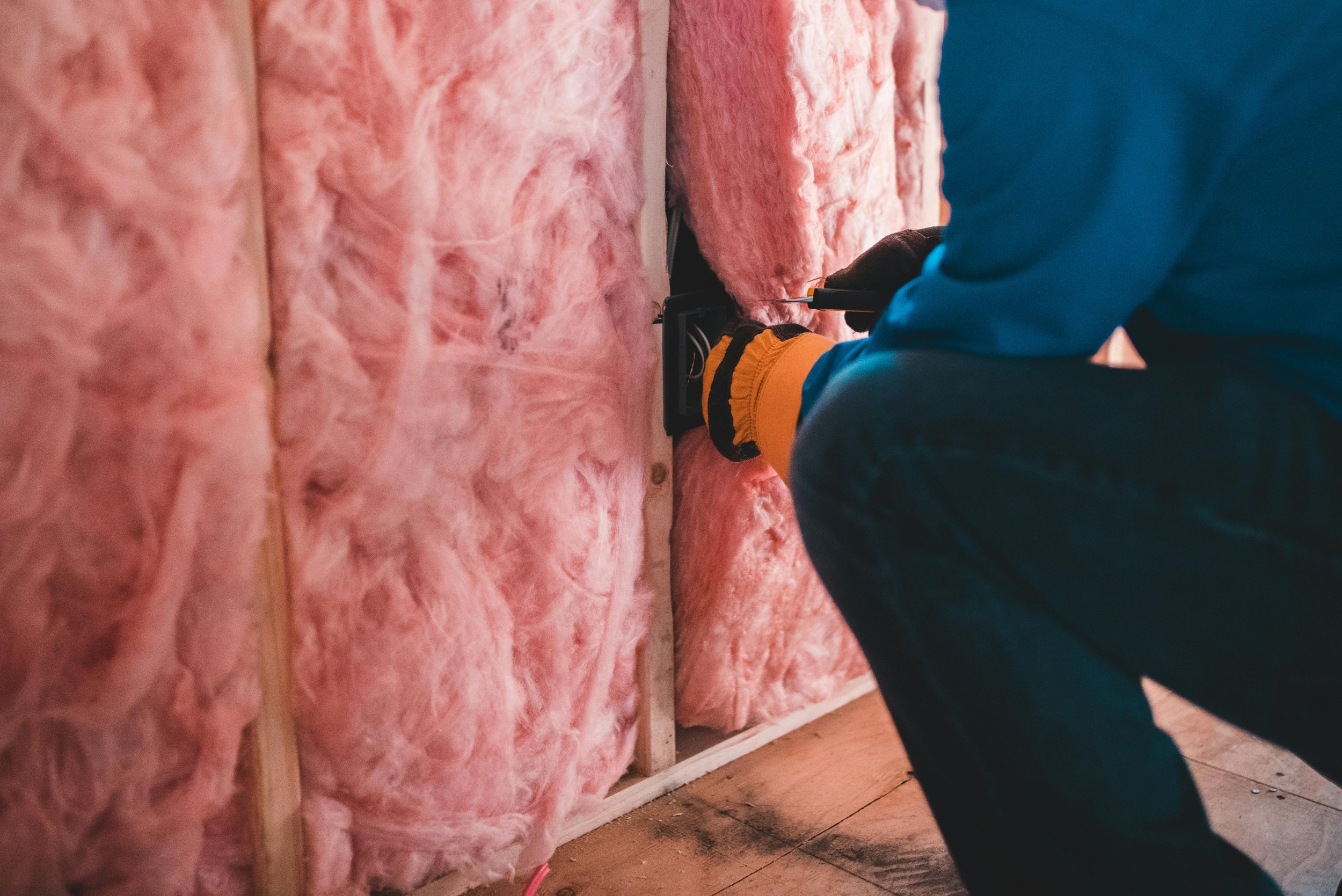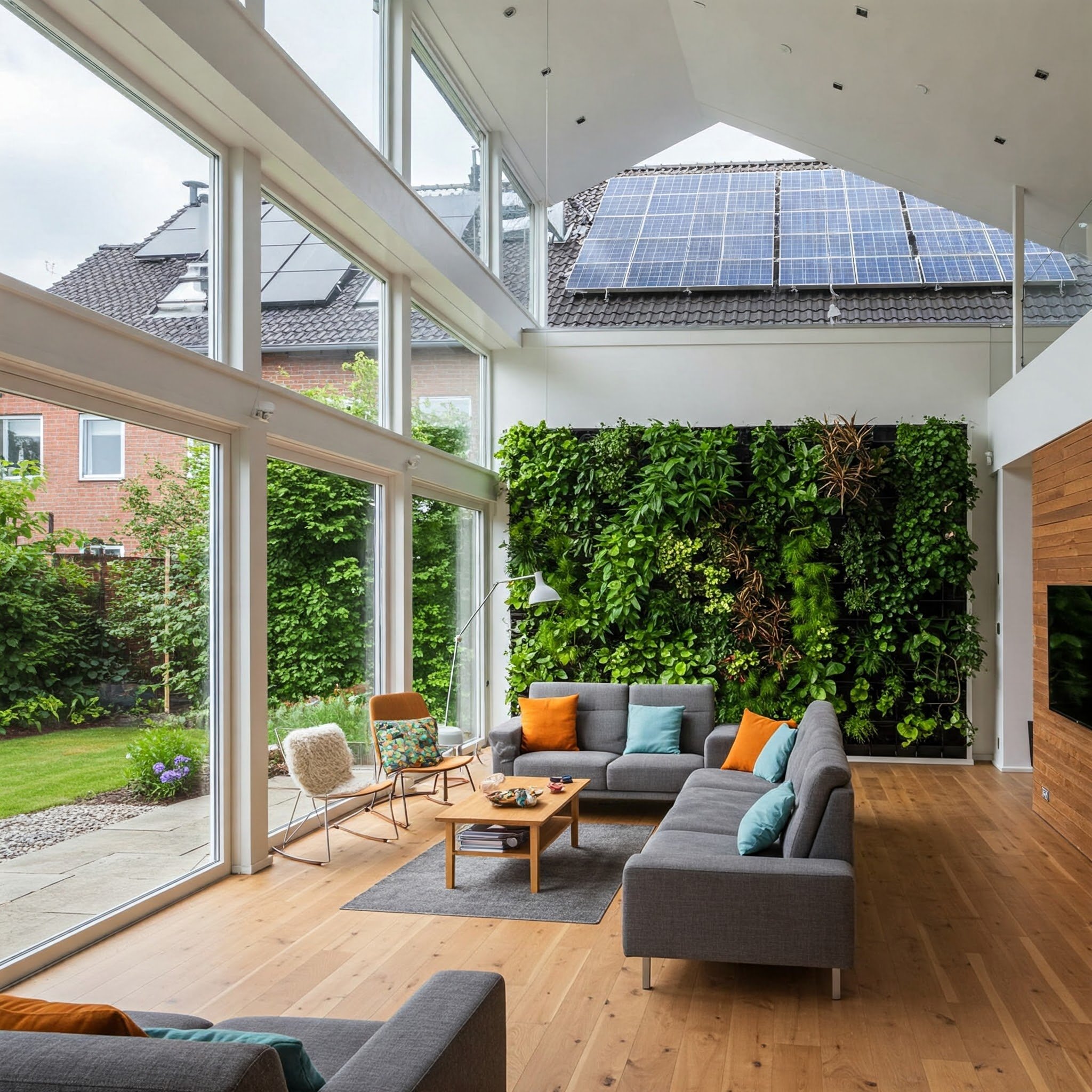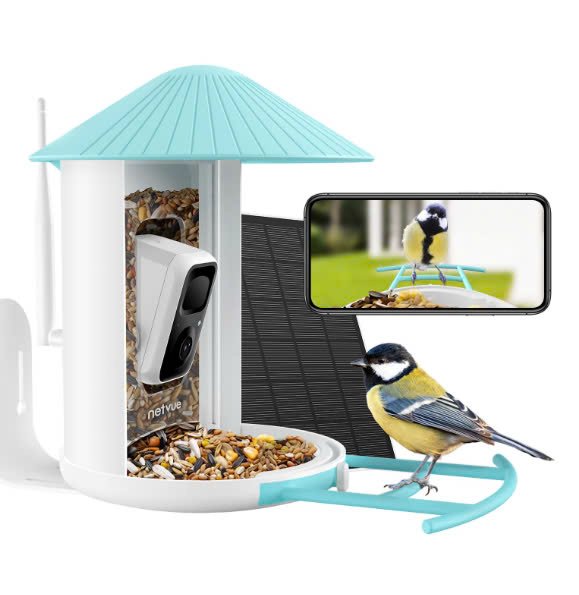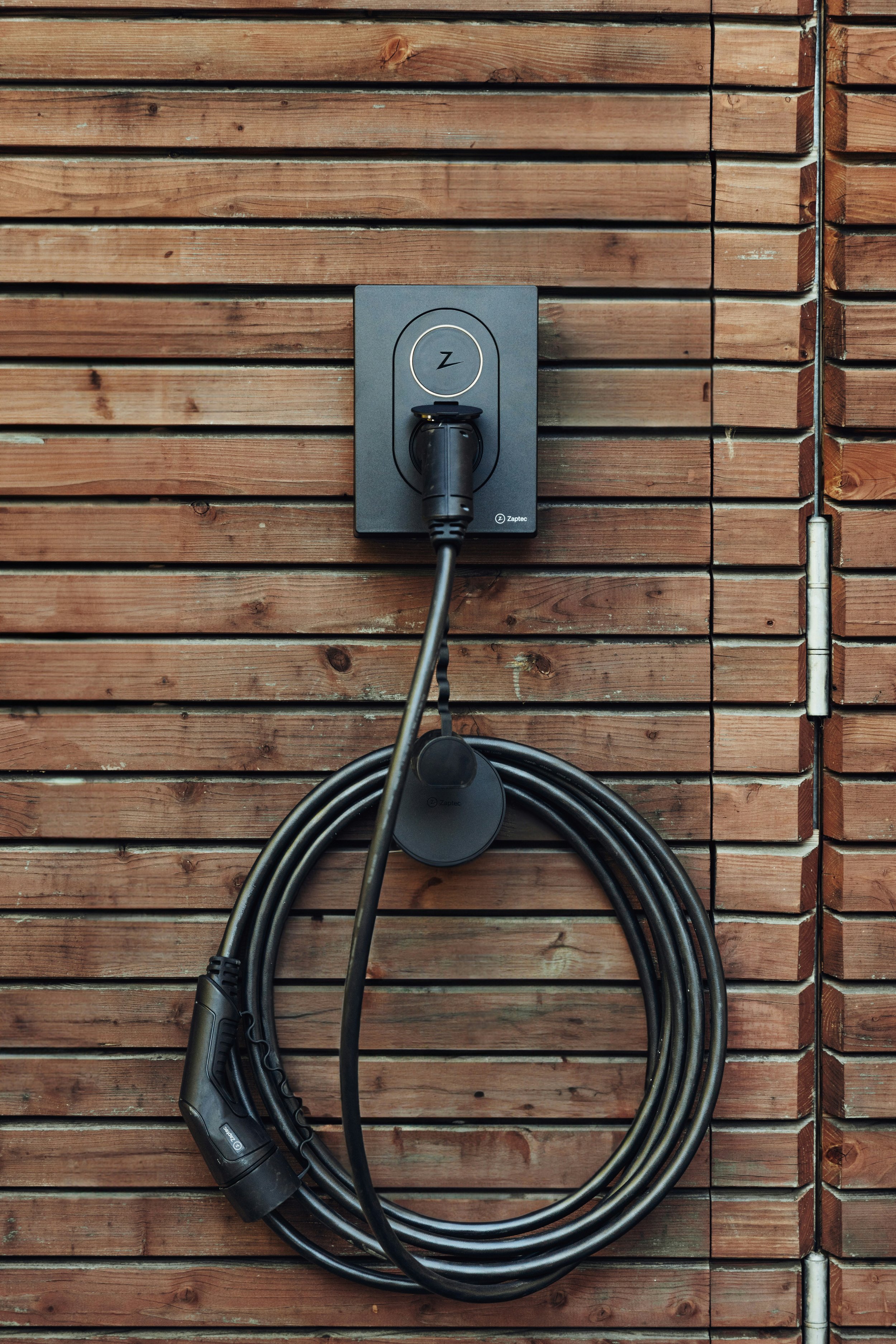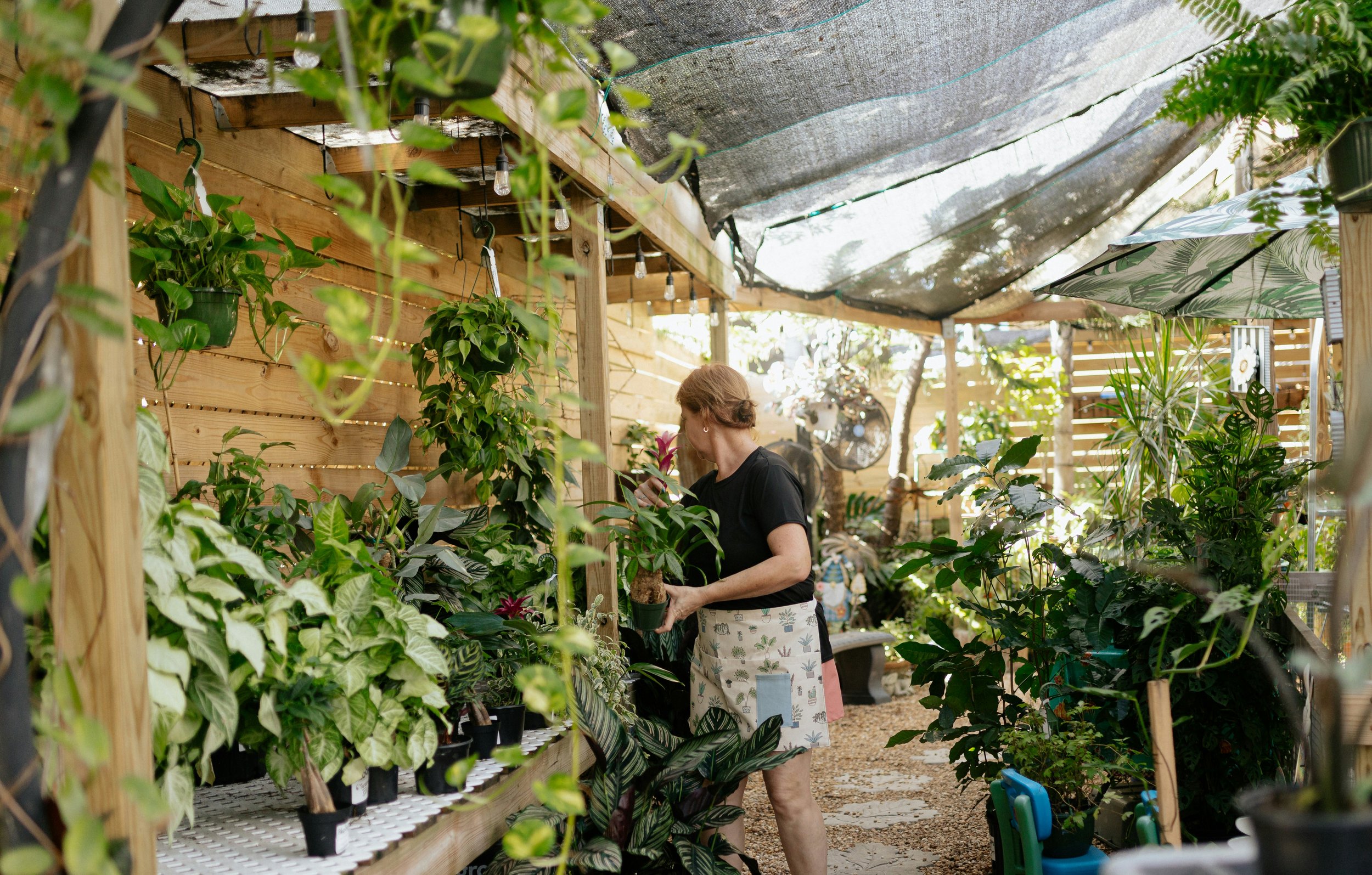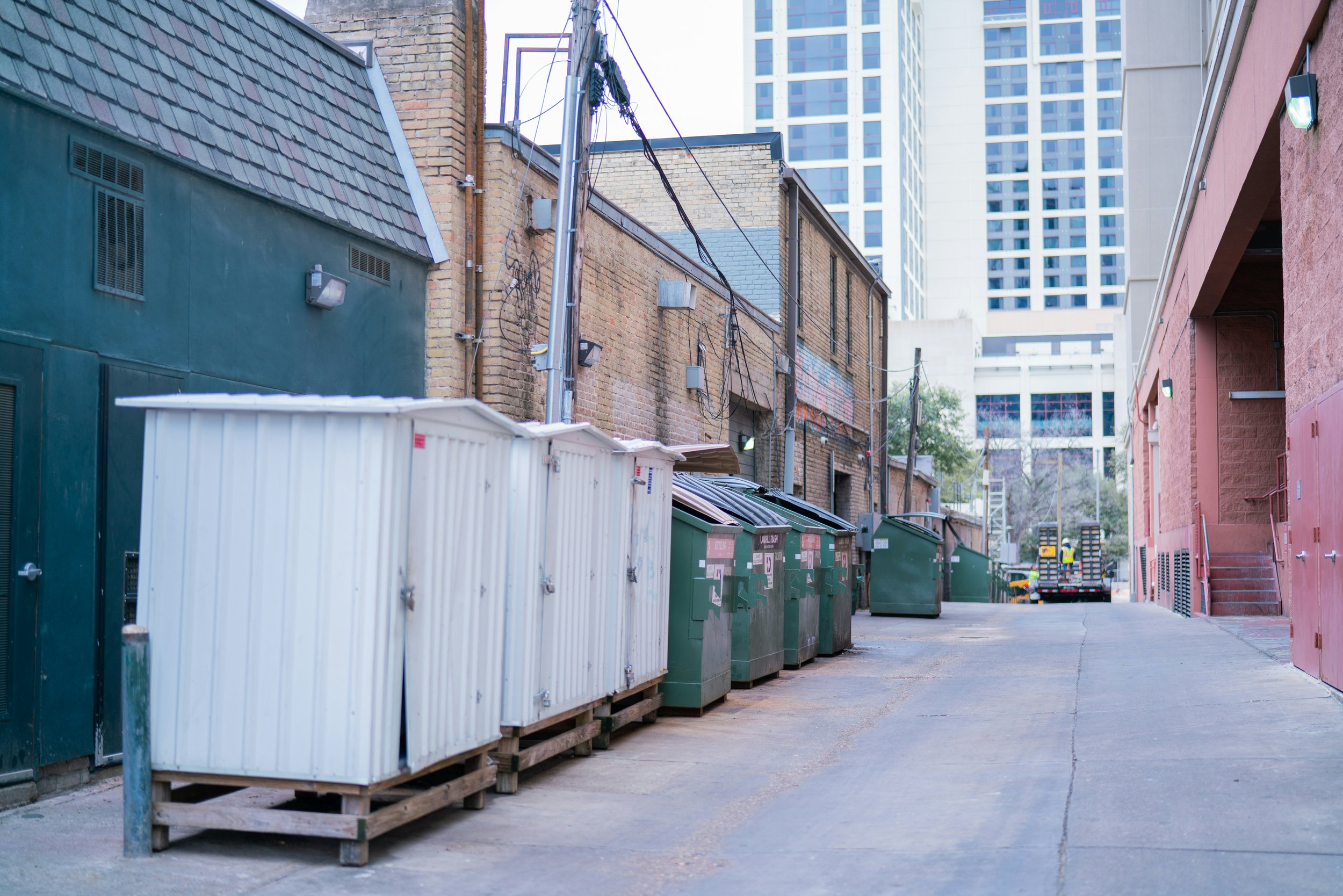Step-by-Step Guide to Organizing an Eco-Friendly Kitchen
Learn how to create a sustainable kitchen with our step-by-step guide to organizing an eco-friendly space, featuring tips on reducing waste and choosing green products.
Looking to make your everyday choices more sustainable and green? Start from your kitchen.
The heart of every home, the kitchen is not only where we spend a lot (if not most) of time, but also the biggest source of household waste. By making your kitchen more eco-friendly, you can greatly lower your environmental footprint, while enjoying a healthier diet.
From waste management to food choices to cleaning products, small changes can lead to pretty big results. Plus, a well-organized kitchen can save time and money in the long run, and who wouldn't want that?
Here are some easy steps you can take today to transform your kitchen into a sustainable and eco-friendly hub.
Choose Natural Materials
Whenever possible, opt for natural and sustainable materials over plastic. For example, you can replace plastic containers with either glass, which is great for labeling items, or stainless steel, which is sure to last for decades.
Next, when possible, invest in wooden utensils and cutting boards. They not only look better than plastic (we hope you don't have plastic utensils!), but are also biodegradable. Now, when it comes to cleaning supplies, you can always swap out synthetic sponges for natural fiber alternatives and choose eco-friendly dish soaps and cleaners (more on this later). Using bakery trays for storing baked goods not only reduces waste but also keeps items neatly organized in an eco-friendly way.
Recycle and Compost
To make it easy to separate paper, glass, and plastic, set up a dedicated recycling station in your kitchen and clearly label each bin. Seriously, just labeling stuff can make organization easier, plus improve your recycling habits.
Next, consider composting. Organic waste like vegetable peels and coffee grounds can be composted, which is great when you're trying to reduce landfill waste. And if you have a garden? Even better – that compost can be used as a mulch or soil amendment.
Opt for Plant-Based and Organic Foods
Your diet plays a huge role in sustainability, so if you want to have a more eco-friendly kitchen and life in general, try either switching to a more plant-based diet or just incorporating more of these meals into your regular diet. Either way is a step in the right direction.
When possible, choose organic produce as it's grown without synthetic pesticides and fertilizers, which is better for both your health and the environment. If you're finding it hard to switch to a more vegetarian or even vegan diet, consider subscribing to services like HelloFresh or similar meal kits. They deliver vegetarian meal kits right at your doorstep, making it convenient to cook healthy, eco-friendly meals.
Invest in Energy-Efficient Appliances
If you're in the market for new kitchen appliances, look for energy-efficient models. Sure, they tend to have a higher upfront cost, but they save money on utility bills and reduce energy consumption. Look for models with the Energy Star label, which signifies they meet strict energy efficiency guidelines.
Simple habits like boiling water in a covered pot, using the right size burner for your pan, and unplugging appliances when not in use also contribute to energy savings. It's the little things, as usual.
Use Reusable Items
Say no to single-use items. Instead, keep a stash of reusable shopping bags, produce bags, and containers. Also, avoid buying and using disposable paper towels; use cloth towels instead, which can be washed and reused (if you have toddlers, skip this step; we know life is already hard enough as it is).
Still using plastic wraps? Consider investing in a good set of reusable beeswax wraps to cover food instead (just remember that they have a limited lifespan). It's better for your food and the environment. To further cut down on disposable waste, you can also find reusable alternatives for coffee filters, tea bags, and sandwich bags.
Clean Green
Think about the cleaning products you use – they, too, can be not only harmful to the environment but your health. Instead of traditional cleaning products, use eco-friendly alternatives, or make your own using simple ingredients like vinegar, baking soda, and lemon. They're effective, non-toxic, and inexpensive.
For example, a mixture of vinegar and water can clean glass and surfaces, while baking soda works well for scrubbing and deodorizing.
Finally, remember that creating aneco-friendly life and kitchen doesn't happen overnight; be patient with yourself and take small steps, gradually incorporating more sustainable practices into your routine.





